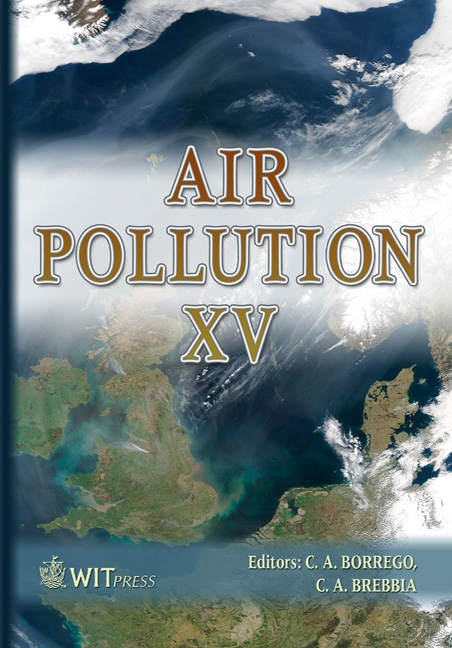Simulation Of Fuel Consumption And Emissions In Typical Traffic Circumstances In Belgium
Price
Free (open access)
Transaction
Volume
101
Pages
10
Published
2007
Size
469 kb
Paper DOI
10.2495/AIR070331
Copyright
WIT Press
Author(s)
L. Pelkmans, T. Denys, E. Verhaeven, G. Spleesters, S. Kumra & A. Schaerf
Abstract
During the execution of the project Floating Automotive Data Collection (FADC), various traffic conditions were recorded using in-vehicle measurements. A series of reference measurements were performed on a fixed route in Belgium in real traffic circumstances, including motorway, rural and city traffic. Three vehicles were used for the reference measurements: a passenger car, a delivery van, and a delivery truck. An on-board device recorded vehicle speed and GPS position on second-basis. The resulting speed profiles were used as input in the vehicle emission simulation programme VeTESS to estimate fuel consumption and emissions of certain vehicles driving according to these speed profiles. The goal of these calculations was to quantify the effect of preventing traffic jams. From the simulations it was concluded that a reduction in average speed does not necessarily lead to higher fuel consumption. Actually when average speed is reduced from speeds above 100 km/h down to 80 or 60 km/h, fuel consumption can even be expected to decrease. Of course traffic jams are more about low average speeds. The simulations showed that when average speed drops below 30 or 40 km/h, fuel consumption increases significantly. Emissions of NOx, CO and HC also increase in this case. So concerning fuel consumption and emissions it is indeed worth the effort to prevent traffic jams and slow traffic and to improve the traffic flow. The role of traffic jam detection is very important to take measures to improve the traffic flow and this way save fuel and reduce emissions. Keywords: vehicle emissions, real traffic conditions, GPS recordings, emission simulation.
Keywords
vehicle emissions, real traffic conditions, GPS recordings, emission simulation.





